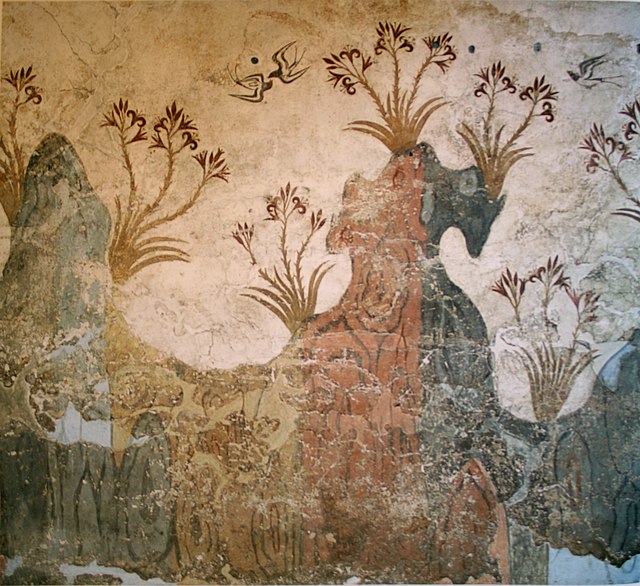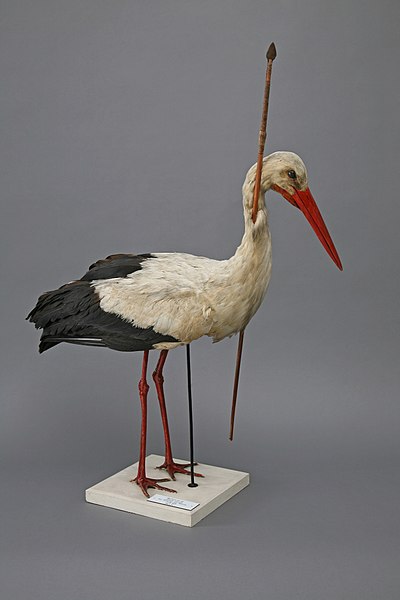The bar-tailed godwit is a large and strongly migratory wader in the family Scolopacidae, which feeds on bristle-worms and shellfish on coastal mudflats and estuaries. It has distinctive red breeding plumage, long legs, and a long upturned bill. Bar-tailed godwits breed on Arctic coasts and tundra from Scandinavia to Alaska, and overwinter on coasts in temperate and tropical regions of Australia and New Zealand. The migration of the subspecies Limosa lapponica baueri across the Pacific Ocean from Alaska to New Zealand is the longest known non-stop flight of any bird, and also the longest journey without pausing to feed by any animal. The round-trip migration for this subspecies is over 29,000 km (18,020 mi).
Image: Bar tailed Godwit
Image: Limosa lapponica 2 Taren Point
In flight, showing tail barring
Banding L. l. baueri at Miranda Shorebird Centre, New Zealand
Bird migration is the regular seasonal movement, often north and south, between breeding and wintering grounds. Many species of bird migrate, typically by flying. Migration carries high costs in predation and mortality, and is driven primarily by the availability of food. It occurs mainly in the Northern Hemisphere.
A flock of barnacle geese during autumn migration
Minoan fresco of swallows in springtime at Akrotiri, c. 1500 BC
The Rostocker Pfeilstorch, found in 1822, demonstrated that birds migrated rather than hibernating or changing form in winter.
Flocks of birds assembling before migration southwards (probably common starling)








